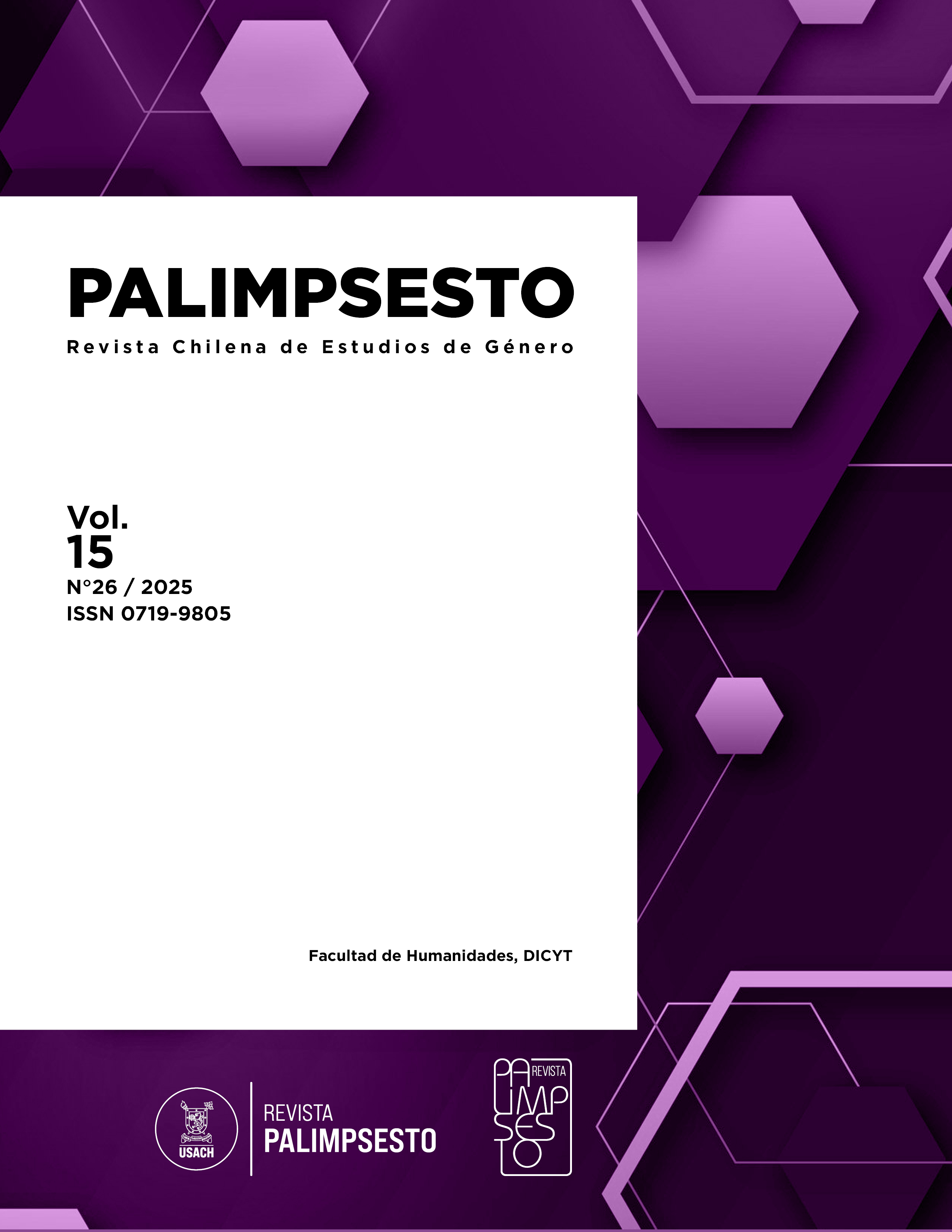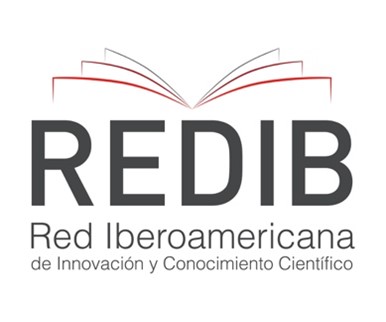The Voices of Memory: Silence as a Strategy in Edwidge Danticat's The Dew Breaker
DOI:
https://doi.org/10.35588/gf01ym23Keywords:
Danticat, memory, silenceAbstract
This research proposes to analyze the relationship between silence and the types of narrators. It examines the concept of silence in the stories "The Book of the Dead" and "The Dew Breaker" by Edwidge Danticat. Throughout this article, the concepts of memory and postmemory will be studied, along with their roles within the two groups of characters. This article explores how each operates depending on the content of the story and how it influences its structure. It will also examine the level of violence to which the protagonists were exposed and their role as victims and/or perpetrators in the context of Jean-Claude Duvalier's dictatorship and forced migration.
References
Barthes, R. (2006). Análisis Estructural del Relato. Coyocan.
Bellamy, M. R. (2012). More than Hunter or Prey: Duality and Traumatic Memory in Edwidge Danticat’s The Dew Breaker. MELUS, 37(1), 177-197. https://doi.org/10.1353/mel.2012.0005
Clitandre, N. (2009). Dissertation: Haiti re-membered: Exile, diaspora, and transnational imaginings in the writings of Edwidge Danticat and Myriam Chancy. Proquest Dissertations [Tesis de doctorado]. California: University of California, Berkeley.
Danticat, E. (2005). El quebrantador. Norma.
Danticat, E. (2010). Crear en peligro: el trabajo del artista migrante. Banda Propia.
Eder, R. (2004). Off the island (The Dew Breaker, by Edwidge Danticat). The New York Times, 21, 1–2. https://www.nytimes.com/2004/03/21/books/off-the-island.html
Falquina, S. M. (2014). Postcolonial trauma theory and the short story cycle: Edwidge Danticat’s The Dew Breaker. ES Review Spanish Journal of English Studies, 35, 171–192. https://revistas.uva.es/index.php/esreview/article/view/731
Fuchs, R. (2015). Hiding and Exposing Violence: Euphemisms in Edwidge Danticat’s The Dew Breaker. L’Érudit Franco-Español, 7, 51-54.
Genette, G., & Manzano, C. (1989). Figuras III. Lúmen.
Ibarrola, A. (2010). The language of wounds and scars in Edwidge Danticat's The Dew Breaker, a case study in trauma symptoms and the recovery process. Journal of English Studies, 8, 23-56.
Kakutani, M. (2004). Hiding from a brutal past spent shattering lives in Haiti. The New York Times. https://www.nytimes.com/2004/03/10/books/books-of-the-times-hiding-from-a-brutal-past-spent-shattering-lives-in-haiti.html
Le Bretón, D. (2009). El silencio: aproximaciones. Sequitur.
Mehta, B. (2009). Dyasporic trauma, memory, and migration in Edwidge danticat’s the dew breaker. En Notions of Identity, Diaspora, and Gender in Caribbean Women’s Writing (pp. 63–88). Palgrave Macmillan US.
Najmanovich, D. (2000). Silencios Activos, Silencios Pasivos. Scribd. https://es.scribd.com/doc/269073798/Silencios-Activos-Silencios-Pasivos
Spengler, B. (2015). Art as Engagement: Violence, Trauma, and the Role of the Reader. En Danticat’s E. The Dew Breaker, Contemporary Women's Writing, 8. 189–205. https://doi.org/10.1093/cww/vpt020
Trouillot, R. (1995). Silenciando el pasado. El poder y la producción de la historia. Comares.
Downloads
Submitted
2025-04-09Published
Issue
Section
License
Copyright (c) 2025 Pamela Varas Zúñiga

This work is licensed under a Creative Commons Attribution 4.0 International License.
- Los autores publicados en Palimpsesto aceptan las condiciones de publicación, distribución, preservación y uso de contenidos contemplados por esta revista a través de la licencia Creative Commons BY https://creativecommons.org/licenses/by/4.0/ que permite compartir el trabajo con un reconocimiento de la autoría original y publicación inicial en esta revista
- Los autores pueden hacer uso sin restricciones de su producción, cumpliendo siempre con lo exigido por la dicha licencia: citar la edición respectiva de esta revista como fuente original.
- Palimpsesto acoge y promueve el cumplimiento de acceso abierto sin ningún tipo de condición o restricción a los textos y datos dados a conocer por ella. Palimpsesto hace suya todas las declaraciones internacionales que favorecen el acceso abierto (Open Access), tales como las de Budapest, Berlín, Bethesda, entre otras.
- Como política de retribución, los autores, cuyos artículos hayan sido aceptados y publicados en PALIMPSESTO, aceptan formar parte del comité de revisores de nuestra revista.
- El autor/a, una vez enviado el artículo, acepta las condiciones de difusión de esta revista explicadas en este apartado.









